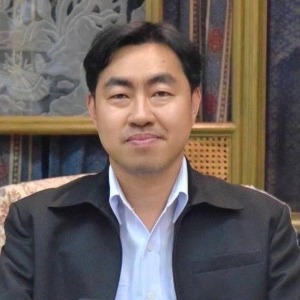Monitoring Techniques in Aquaculture
Monitoring techniques in aquaculture help ensure the health and well-being of farmed aquatic species while optimizing farm management. Traditional methods include manual sampling and visual inspections, but advancements in technology have introduced automated systems such as sensors and cameras for continuous data collection. Remote sensing, acoustic telemetry, and behavioral monitoring are also used to track fish activity and water quality parameters. These techniques enable farmers to detect early signs of disease, stress, or environmental changes, allowing for timely interventions that improve production efficiency and animal welfare. Effective monitoring contributes to the sustainability of aquaculture by reducing waste and promoting responsible farming practices.

Perry Raso
Matunuck Oyster Farm, United States
Joni Lee Giovanna Hesley
Education Emerita, CropKing Inc., United States
Virendra Kumar Goswami
Indian Institute of Technology, India
Amit Das
Memorial University of Newfoundland, Canada
Mandeep Kaur
Panjab University, India
Pavarot Noranarttragoon
Department of Fisheries, Thailand



Title : Application of Artificial Intelligence and NISAR satellite to study the air sea CO2 exchange and aquatic toxicology to develop ‘Aquatic Pollution Remediation Technologies’(PART)
Virendra Kumar Goswami, Indian Institute of Technology, India
Title : Conditionally pathogenic microparasites (Microsporidia and Myxosporea) of mullet fish potential objects of mariculture in the Black and Azov Seas
Violetta M Yurakhno, A. O. Kovalevsky Institute of Biology of the Southern Seas of Russian Academy of Sciences, Russian Federation
Title : Integrating art, science and rural development: The multifaced role of aquarium keeping
T V Anna Mercy, Kerala University of Fisheries and Ocean Studies, India
Title : Seaweed aquaculture policy gap analyses in Indonesia, Kenya, and Tanzania
Megan Considine, The Nature Conservancy, Puerto Rico
Title : Utilizing art to enhance learning STEM subjects required for aquaculture
Joni Lee Giovanna Hesley, Education Emerita, CropKing Inc., United States
Title : Exploring the aquaculture potential of marine sponges (Phylum Porifera) in Kerala, India: A focus on growth dynamics and optimization of farming protocols
Anita M George, University of Kerala, India